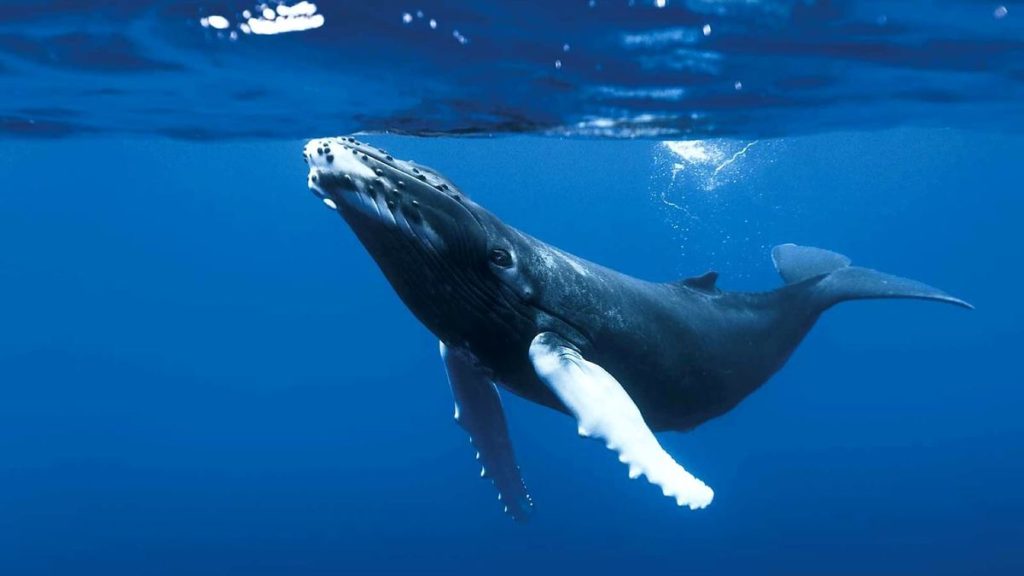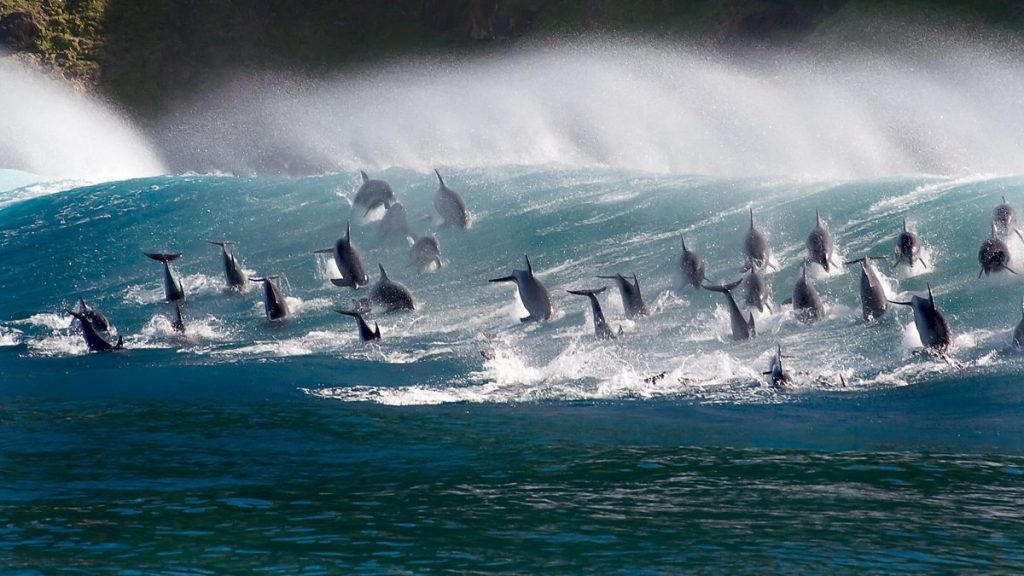The vast expanse of our oceans, covering about 70% of Earth’s surface, remains one of the last frontiers of exploration. BBC’s “Blue Planet” (2001) and its sequel “Blue Planet II” (2017), narrated by the legendary Sir David Attenborough, brought these mysterious oceanic realms to our living rooms in ways previously unimaginable.
A Dive into the Deep Blue
“Blue Planet” and “Blue Planet II” provided an exhaustive tour of marine life, covering everything from the shimmering shallows to the fathomless deep-sea trenches. Vivid portrayals of bioluminescent creatures, agile predators in their hunt, and the delicate dance of coral reefs became synonymous with the series.

Behind the Scenes: A Monumental Undertaking
Producing “Blue Planet” was no easy feat. The team ventured on multiple expeditions spanning years and encompassing all the world’s oceans. These included perilous dives into the abyssal plains and expeditions to rarely explored locations like hydrothermal vents.
“Blue Planet II”, produced almost two decades later, utilized advances in diving and submersible technology, as well as ultra-high-definition cameras, to offer even crisper and more intimate marine footages. The sequel demanded over four years of shooting, involving 125 expeditions across 39 countries.
Viewer’s Impact: A Wake-up Call
While the series was visually stunning, it was not just a passive showcase of marine beauty. “Blue Planet II” made an intentional foray into environmental commentary, highlighting the devastating impacts of human actions on marine life, especially episodes addressing plastic pollution. It was both enlightening and gut-wrenching to watch an albatross unknowingly feed its chick plastic or to witness the struggles of coral reefs facing bleaching.
The audience’s reactions were visceral. Social media was abuzz with discussions, and there was a reported surge in interest in marine biology courses. Moreover, it spurred many into environmental activism. The series became instrumental in pushing for more stringent policies on plastic usage in several countries.

Conclusion
In bringing the mysterious wonders of the oceans to our screens, the “Blue Planet” series not only showcased the beauty of marine life but also ignited a global conversation on our responsibilities towards these ecosystems. These documentaries stand as a testament to the power of storytelling – shedding light on the unknown, celebrating the beauty of our planet, and urging us all to be its guardians.